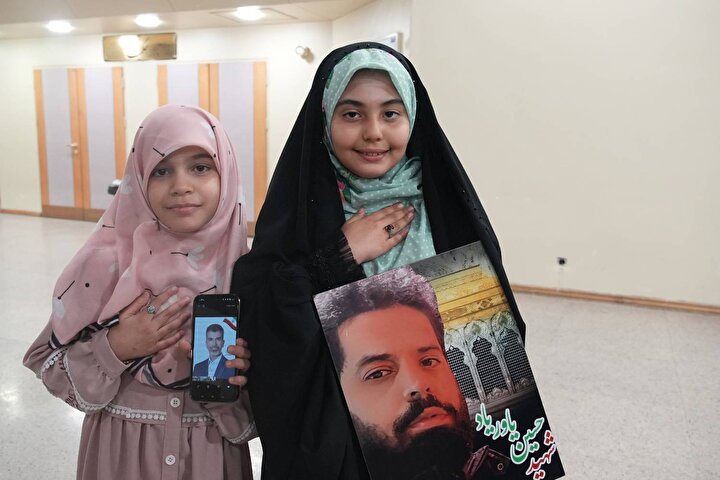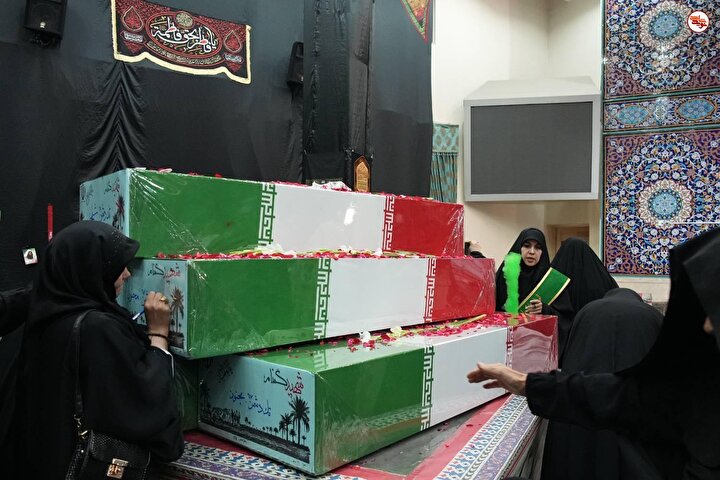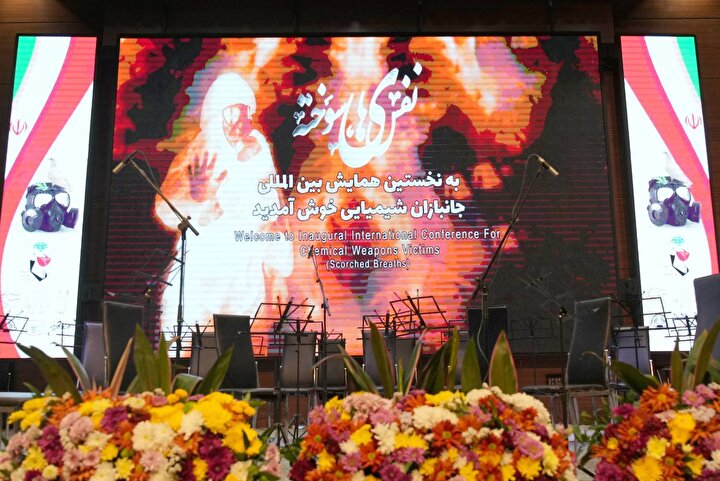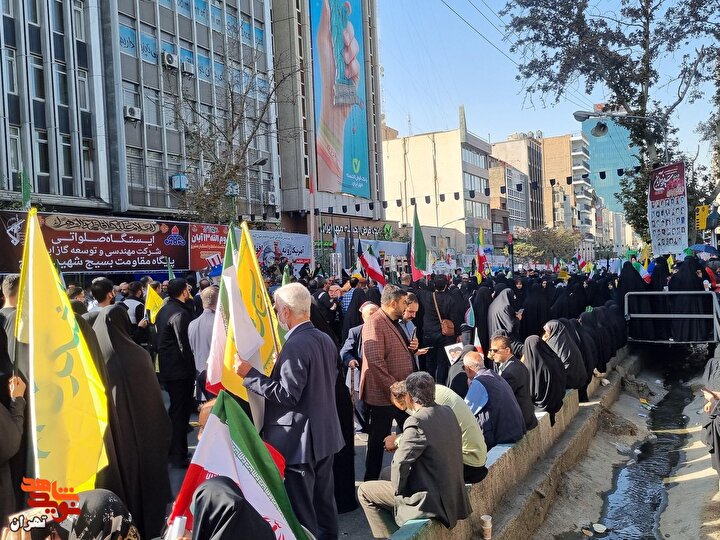
One of Oldest Qurans on Display at British Museum
Navideshahed: One of the oldest known manuscripts of Holy Qur'an went on show at the British Museum Friday ahead of a new exhibition.

The Quran, lent by the British Library, will be part of the exhibition, "Hajj: Journey To The Heart Of Islam:, the first-ever major collection dedicated to the Hajj, the pilgrimage to Mecca in what is today Saudi Arabia.
The copy of the Quran is thought to date from the 8th century AD, according to the British Library.
Known as the Ma'il Quran, it was probably copied in Mecca or Madinah. The script is known as Ma’il, meaning sloping, on account of the pronounced slant to the right, and it is one of a number of scripts developed in the early Islamic period for the copying of the Quran.
In this copy of the Quran, as in other ancient manuscripts, there are no vowel signs or other aids to pronunciation, and the end of each verse is indicated by six small dashes in two stacks of three.
David Jacobs, a senior conservator at the British Library, told Arab News: "The copy of the Ma'il Quran has been owned by the British Museum since the 19th century."
With regards to how the British Library preserves this historical copy of the Quran, he added: "The material is on parchment development so the actual substrate needs to be stable. The problem with that particular manuscript is pigments that are quite friable and flaky, so obviously it needs care and attention and constant monitoring of its condition. So it's not on display continuously."
This world-premier Hajj exhibition has been organized in partnership with the King Abdulaziz Public Library in Riyadh and will examine three key strands: The pilgrim's journey with an emphasis on the major routes used across time (from Africa, Asia, Europe and the Middle East). HSBC Amanah has supported the exhibition's international reach outside the Kingdom of Saudi Arabia.
The British Museum said in a press release: "A wide variety of objects will be lent to the exhibition. Loans include significant material from Saudi Arabia including a seetanah that covers the door of the Kaaba as well as other historic and contemporary artifacts from key museums in the Kingdom.
"Other objects have come from public and private collections in the UK and around the world, among them the British Library and the Khalili Family Trust. They include archaeological material, manuscripts, textiles, historic photographs and contemporary art."
The End
Source: Islam Today
The Quran, lent by the British Library, will be part of the exhibition, "Hajj: Journey To The Heart Of Islam:, the first-ever major collection dedicated to the Hajj, the pilgrimage to Mecca in what is today Saudi Arabia. The copy of the Quran is thought to date from the 8th century AD, according to the British Library. Known as the Ma'il Quran, it was probably copied in Mecca or Madinah. The script is known as Ma’il, meaning sloping, on account of the pronounced slant to the right, and it is one of a number of scripts developed in the early Islamic period for the copying of the Quran. In this copy of the Quran, as in other ancient manuscripts, there are no vowel signs or other aids to pronunciation, and the end of each verse is indicated by six small dashes in two stacks of three. David Jacobs, a senior conservator at the British Library, told Arab News: "The copy of the Ma'il Quran has been owned by the British Museum since the 19th century." With regards to how the British Library preserves this historical copy of the Quran, he added: "The material is on parchment development so the actual substrate needs to be stable. The problem with that particular manuscript is pigments that are quite friable and flaky, so obviously it needs care and attention and constant monitoring of its condition. So it's not on display continuously." This world-premier Hajj exhibition has been organized in partnership with the King Abdulaziz Public Library in Riyadh and will examine three key strands: The pilgrim's journey with an emphasis on the major routes used across time (from Africa, Asia, Europe and the Middle East). HSBC Amanah has supported the exhibition's international reach outside the Kingdom of Saudi Arabia. The British Museum said in a press release: "A wide variety of objects will be lent to the exhibition. Loans include significant material from Saudi Arabia including a seetanah that covers the door of the Kaaba as well as other historic and contemporary artifacts from key museums in the Kingdom. "Other objects have come from public and private collections in the UK and around the world, among them the British Library and the Khalili Family Trust. They include archaeological material, manuscripts, textiles, historic photographs and contemporary art." The End Source: Islam Today



